CAMILLE PISSARRO (1830-1903)
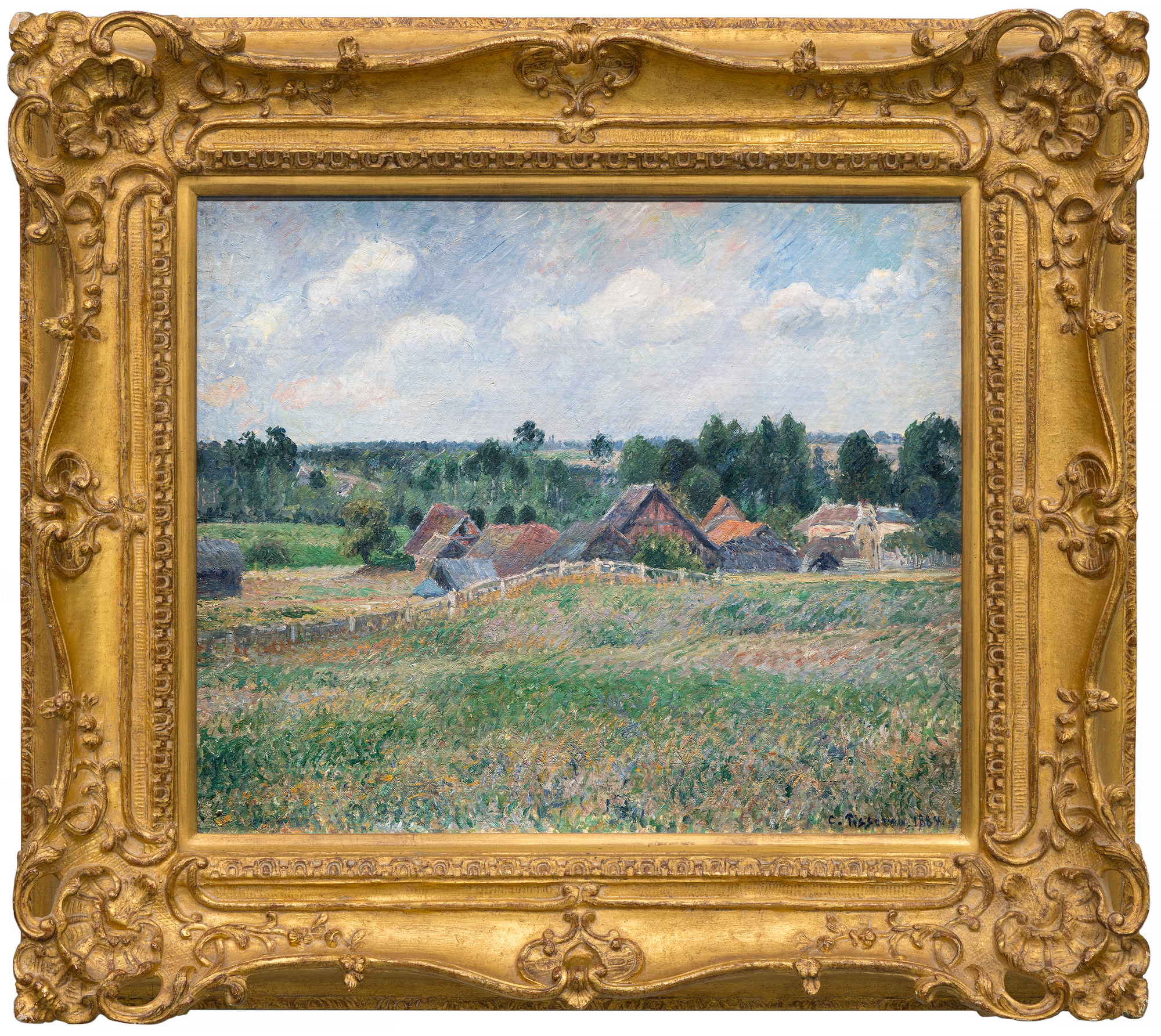
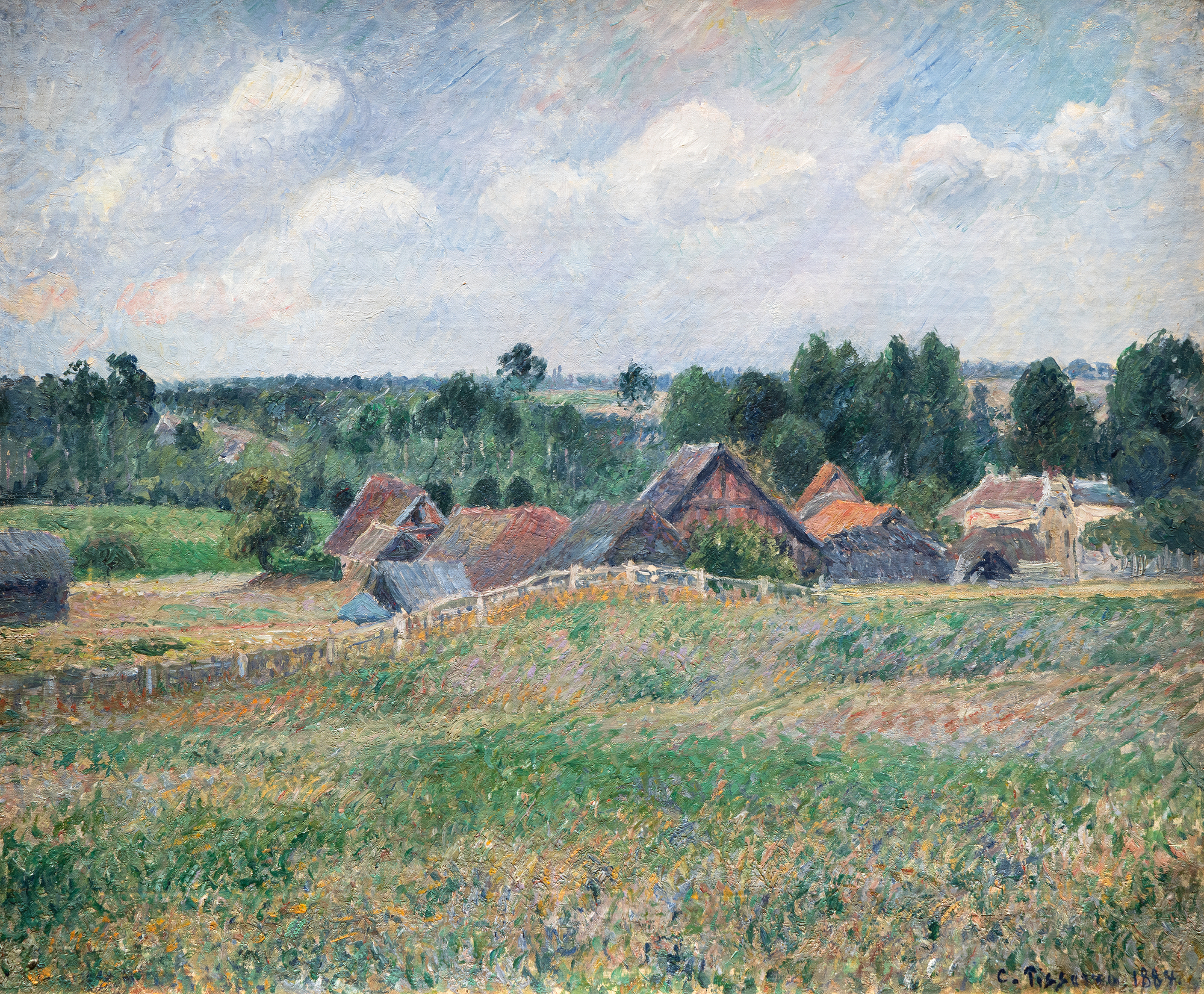
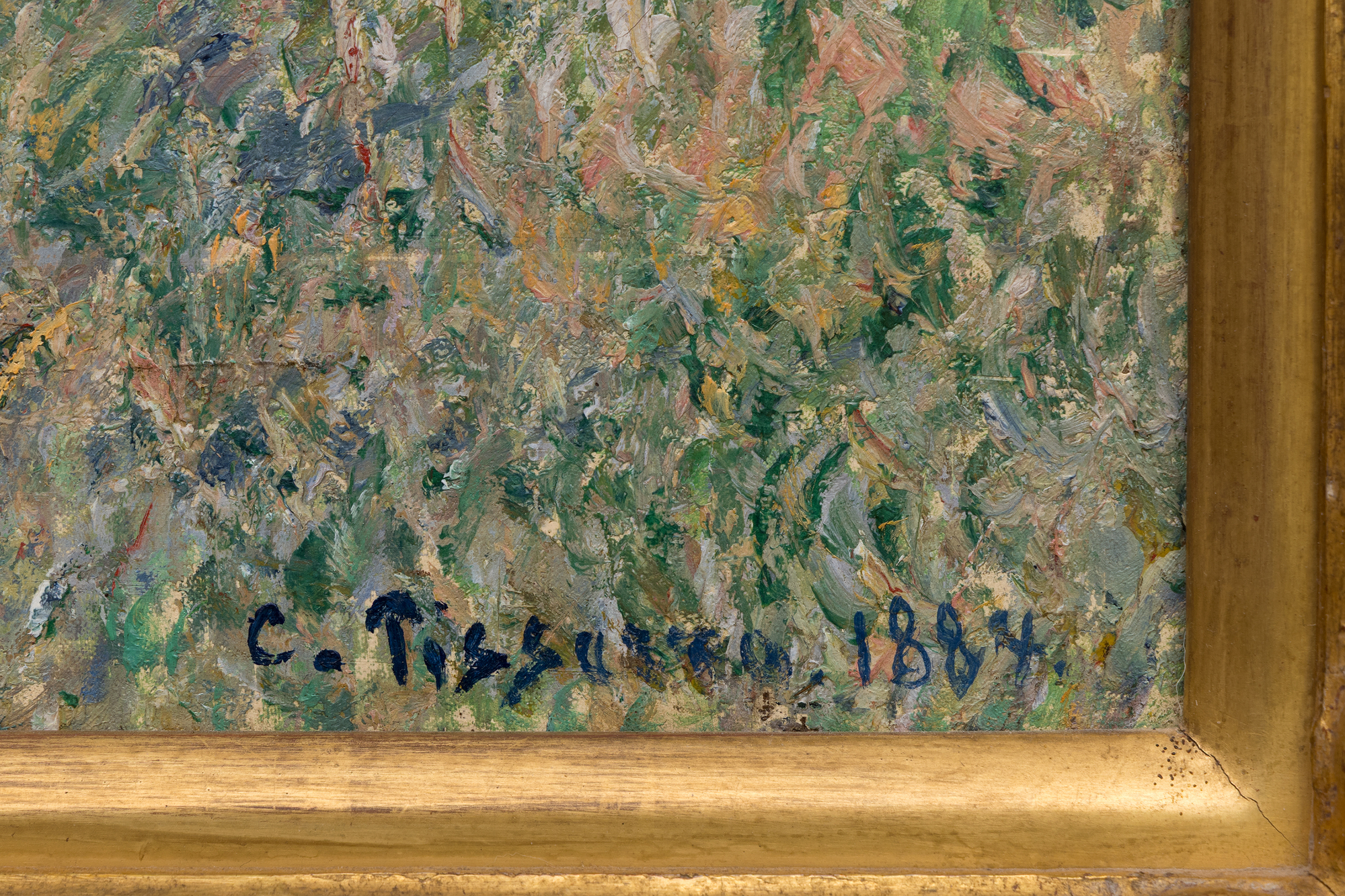
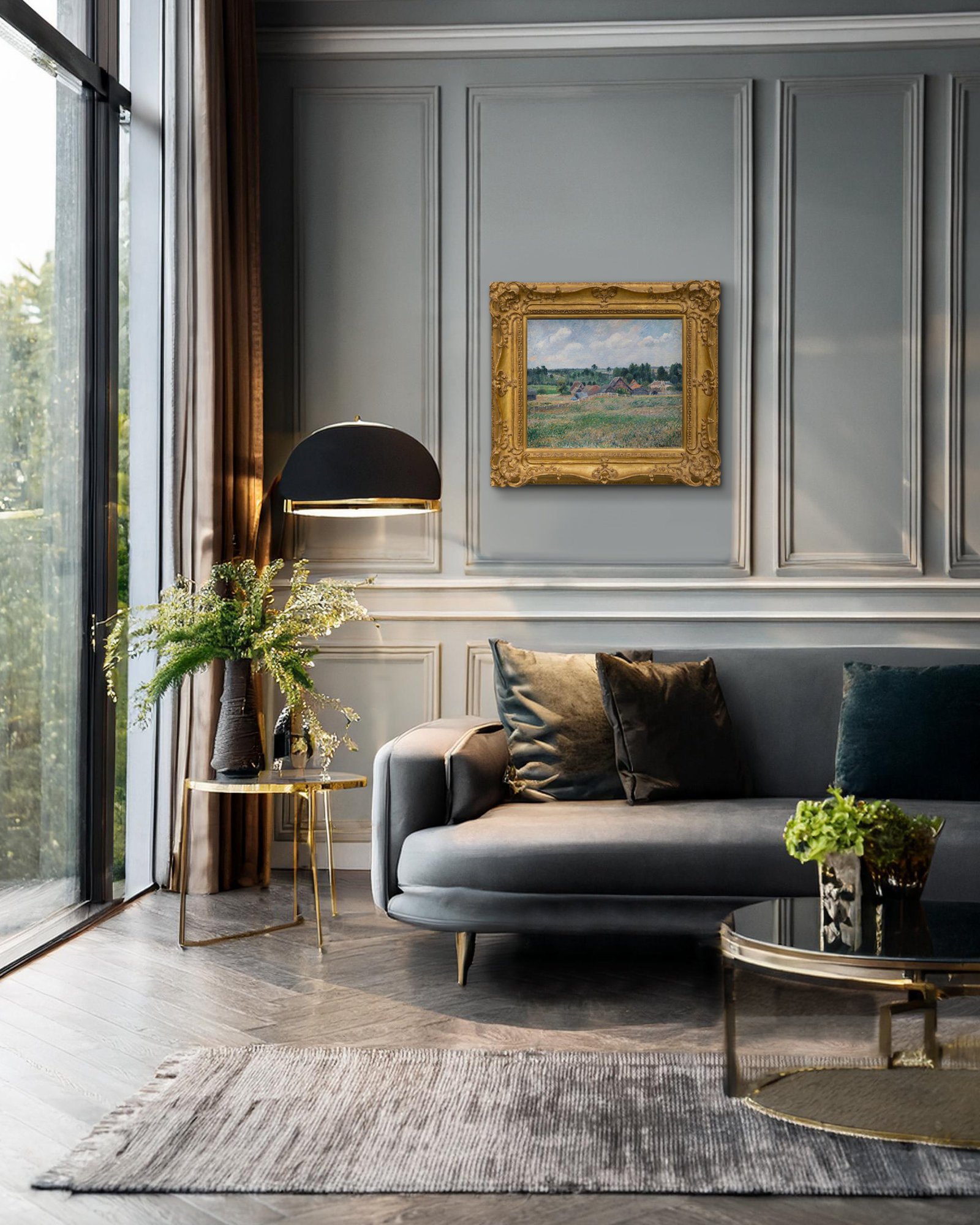
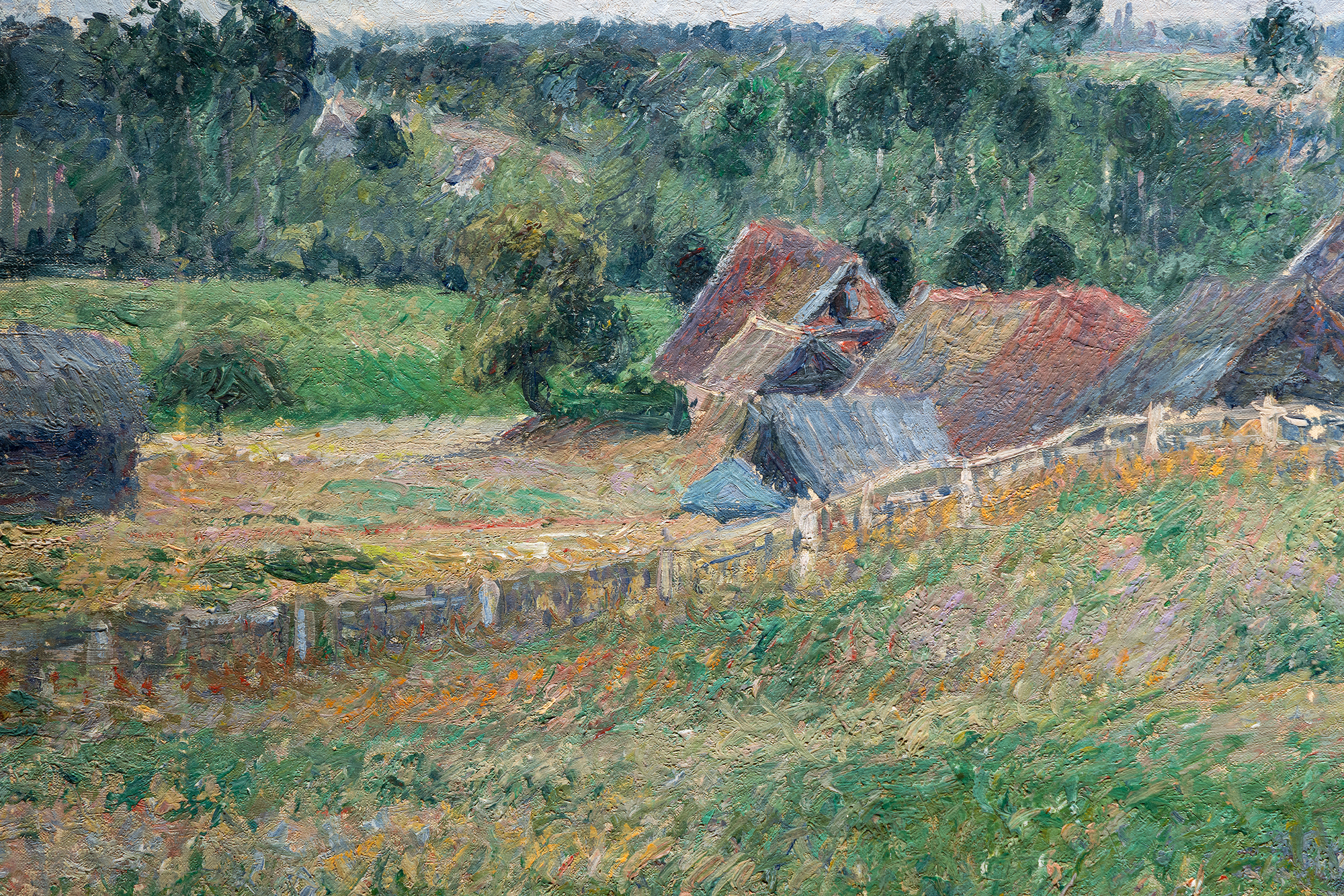

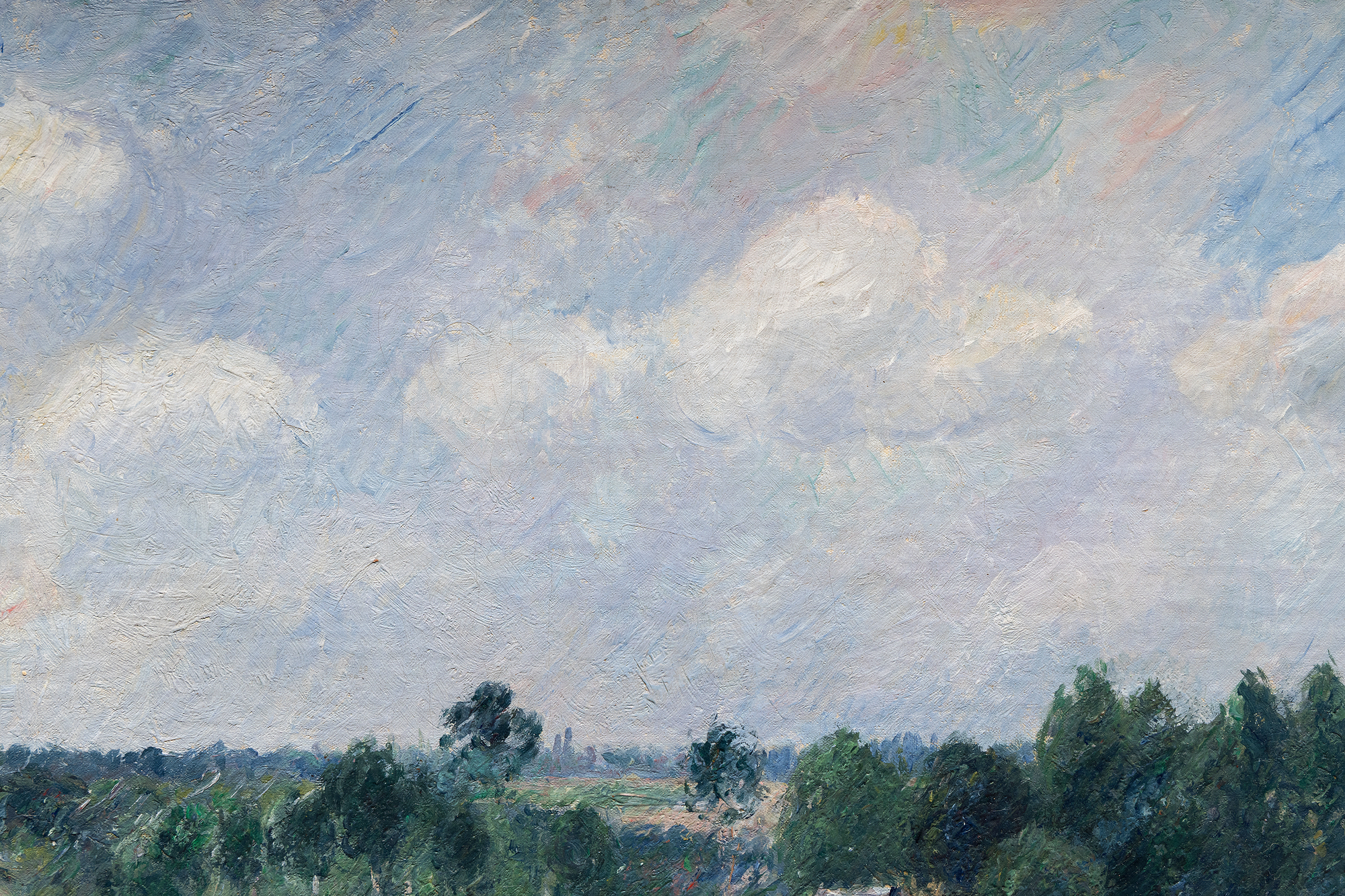
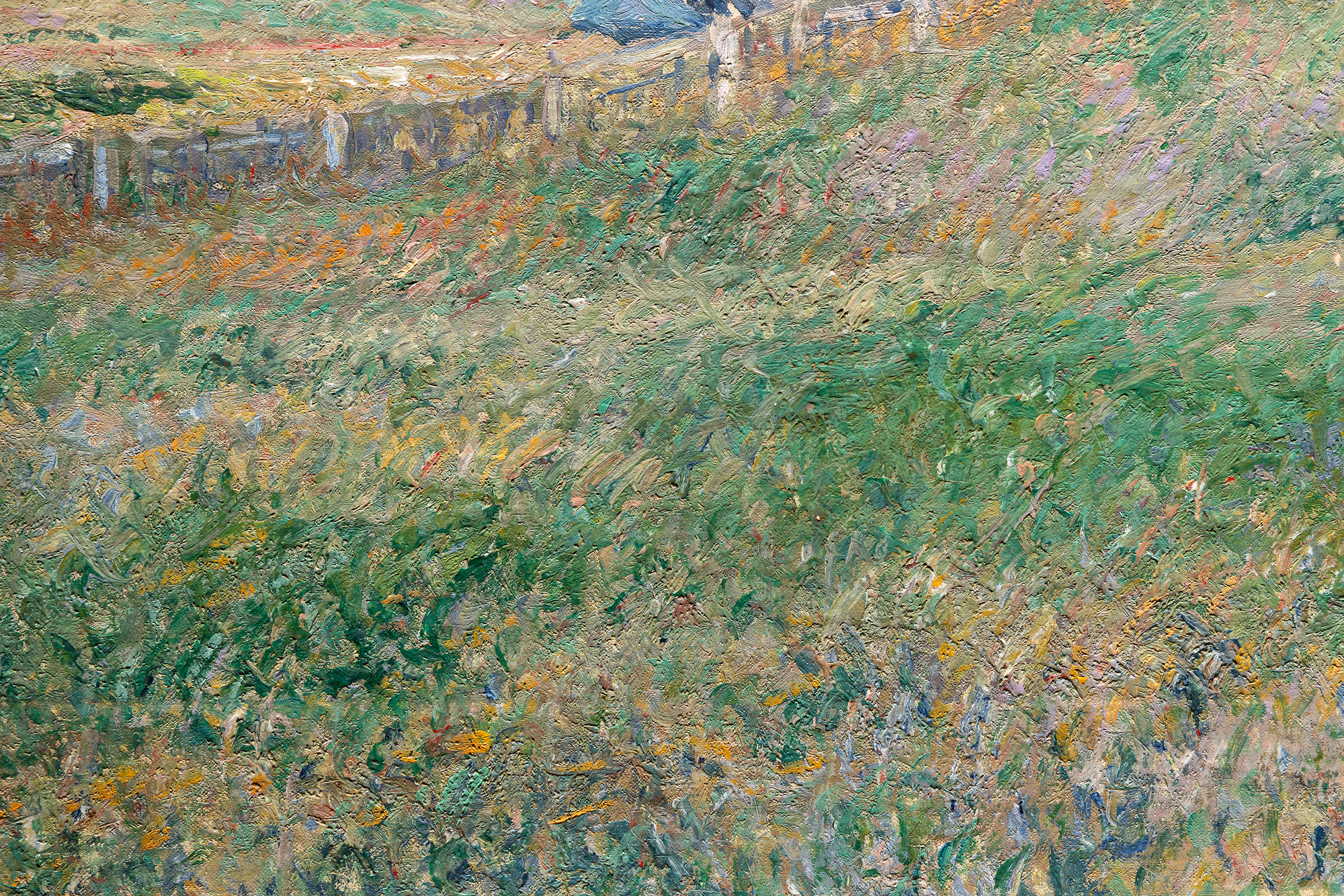
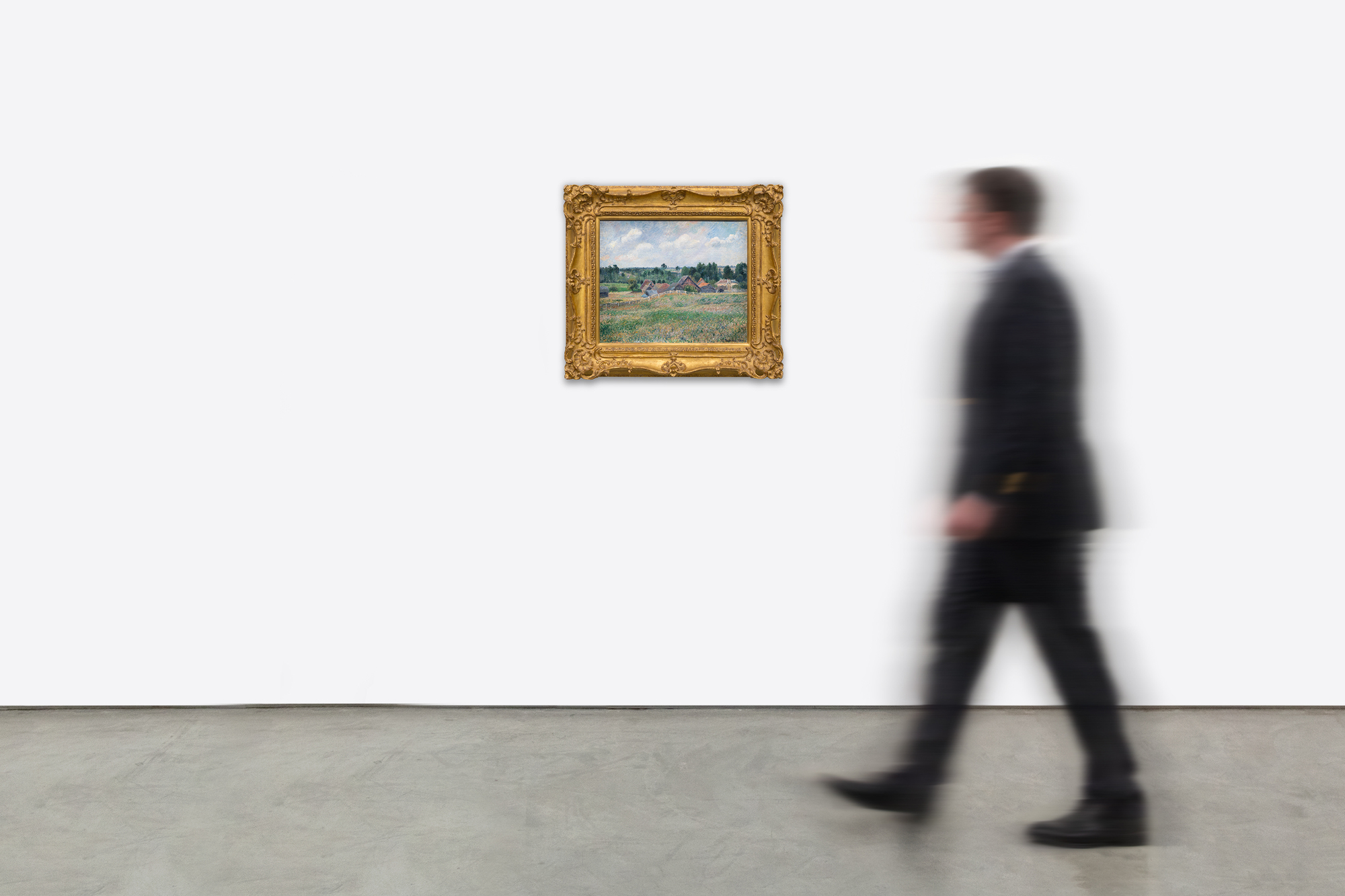
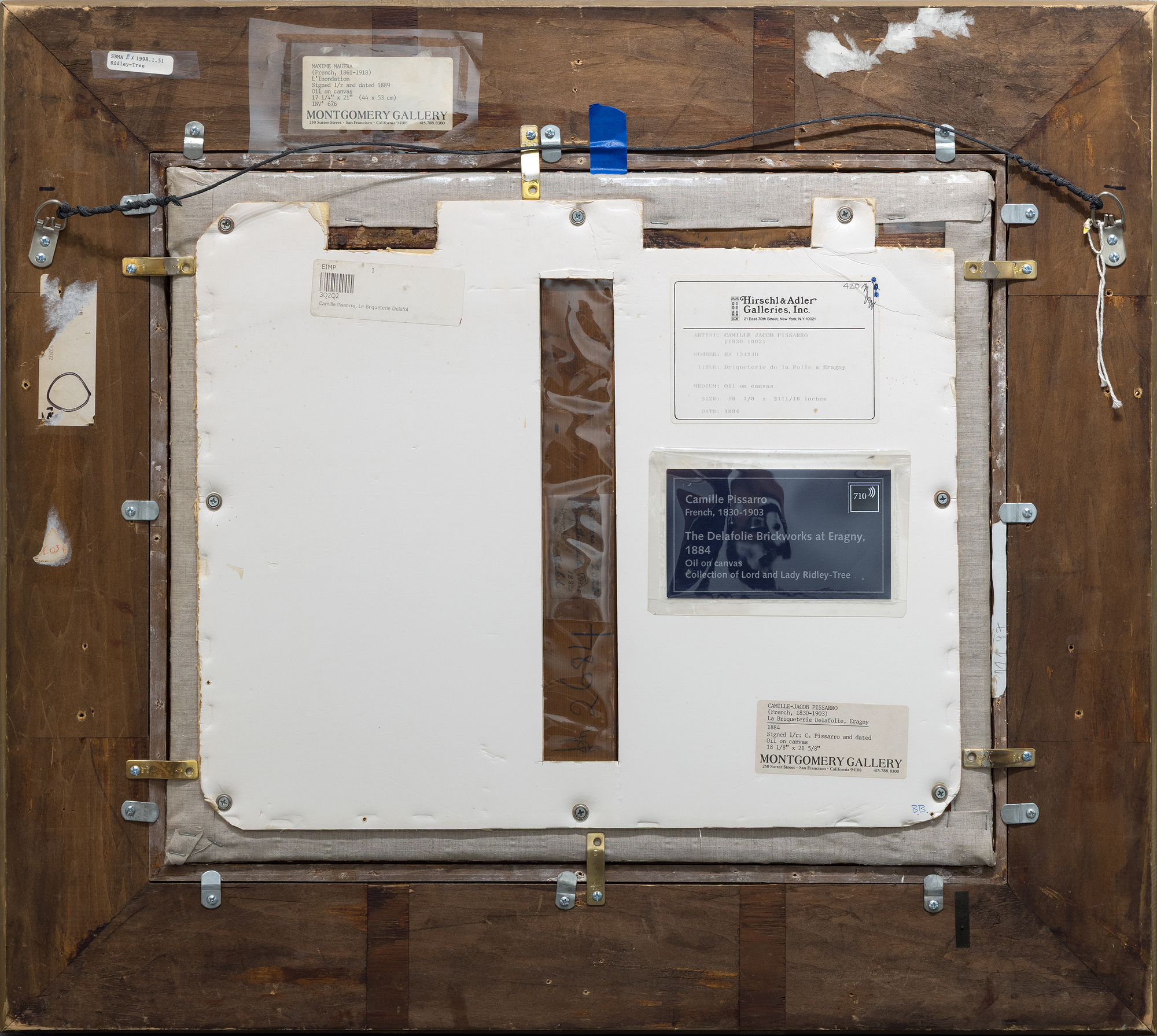
Provenance
Durand-Ruel, Paris, acquis auprès de l'artiste, 1892Werner Herold, Zurich, acquis auprès de l'artiste en 1917
De là, par filiation, jusqu'en 1991
Montgomery Gallery, San Francisco (en consignation)
Hirschl & Adler Galleries, New York
Collection privée, New York, 1994
Lord et Lady Ridley Tree, Santa Barbara, Californie
Collection privée
Exposition
Paris, France, Galerie Durand-Ruel, Camille Pissarro, 1892, no. 30Varsovie, Pologne, Towarzstwo, Zachety Sztuk Pieknuch w Krolestwie Polskiem, Wystawa Dziel Artystow Francusk...Plus.....ich, 1911, n° 114
Zurich, Suisse, Kunsthaus, L'Art français des XIXe et Xxe siècles, 1917, n° 152
Paris, France, Gazette des Beaux-Arts, La Peinture française du XIX siècle en Suisse, 1938, no. 76
Bruxelles, Belgique, Palais des Beaux-Arts, De David à Cézanne, 1947-48, n° 108
Santa Barbara, Californie, Santa Barbara Museum of Art, Santa Barbara Collects : Impressions de France, 1998, no. 51
Littérature
Alfred Ernst, "Camille Pissarro", La Paix, Paris, février 1892, p. 2Janine Bailley-Herzberg, Correspondance de Camille Pissarro, vol. III, Paris, 1988, lettre no. 734, p. 171, no. 5
Ludovic-Rodo Pissarro et Lionello Venturi, Camille Pissarro : son art, son oeuvre, vol. I Paris, 1939, n° 681, p. 177 ; vol. II, n° 681, pl. 141
Eric Zafran, Santa Barbara Collects : Impressions of France, Santa Barbara, CA, 1988, no. 51, illustré
Joachim Pissarro et Claire Durand-Ruel Snollaerts, Pissarro, Catalogue critique des peintures, vol. III, Paris, 2005, n° 776, illustré p. 514.
...MOINS..... Prix1,900,000
Le premier plan présente une prairie polychrome. Les coups de pinceau en staccato vert, ocre et lilas dans toutes les directions traduisent le doux mouvement du vent à travers le champ sous un ciel molletonné. Au loin, on aperçoit la briqueterie Delafolie, propriété d'un bon ami et voisin de Pissarro. Le catalogue raisonné note : "La briqueterie Delafolie est la propriété de l'ami et voisin de Pissarro :
"La briqueterie Delafolie à Éragny fait référence à une briqueterie familiale locale. M. Delafolie n'était pas seulement un maçon - il était le voisin de Pissarro et brassait son propre cidre. Son cidre était si bon que Claude Monet écrivit un jour à Pissarro pour lui demander qui était le marchand et comment il pouvait en commander un tonneau pour lui-même. Pissarro et M. Delafolie étaient de bons amis, et Pissarro profitait souvent des livraisons régulières de M. Delafolie à Paris et à Gisors pour expédier ses peintures avec les briques".
Des œuvres similaires se trouvent au Musée d'Orsay, au Walters Art Museum et au Birmingham Museum of Art. Cette peinture offre aux collectionneurs une pièce rare, qui a beaucoup voyagé et qui incarne le lien intime de Pissarro avec le paysage et la communauté d'Éragny.


